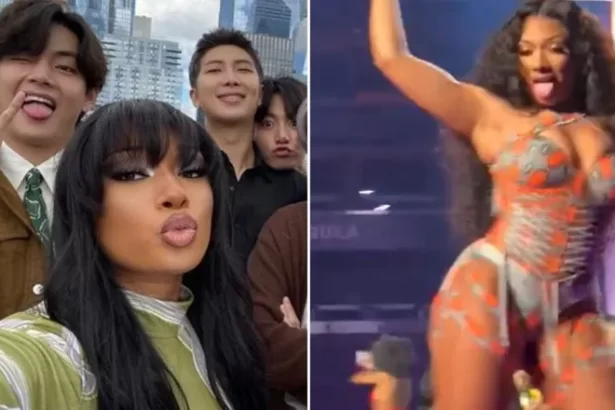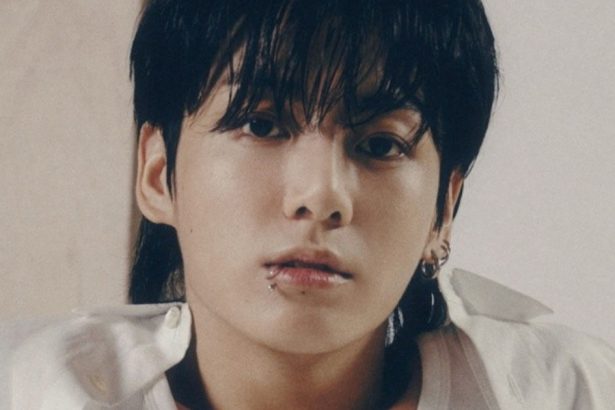In K-pop, every second on stage matters. From the tight choreography to the eye-catching visuals, nothing is left to chance, including who gets to sing what. That’s where the topic of line distribution comes in. A few years ago, most fans didn’t give it much thought. These days, it’s one of the first things fans talk about after a comeback drops.
So how are lines really divided? Is it based on vocal skill, popularity, or just pure business strategy?
The debate around fair line distribution shows up constantly across fandoms. You’ll see side-by-side breakdowns, YouTube comments, and passionate threads pointing out that one member got a full verse while another barely had a line. BLACKPINK’s line splits sparked controversy, with many fans upset about Jisoo getting so little time despite her vocals and stage presence. TWICE’s Tzuyu has also been a frequent example. Despite being one of the group’s most recognized faces, she was often given only a few seconds of screen time. To many fans, it doesn’t feel right. These idols train for years just to debut, yet some barely get a moment to shine within their own songs.
At the same time, it’s important to remember that not everyone in a group is meant to be a vocalist. K-pop idols are assigned roles—main vocal, main dancer, rapper, center, maknae—and line distribution often reflects those roles. A good example is the second-generation group EXO. Vocalists like Baekhyun, D.O., and Chen naturally carried the majority of the choruses and emotional bridges. Their voices were the group’s vocal core, while members who focused on dance or rap had fewer singing lines but brought the energy in choreography and stage presence.
Then there’s the fan service factor. In K-pop, popularity has power. It’s common to see a member suddenly get more lines after going viral or gaining a surge in popularity. From a business perspective, it makes sense. More lines mean more screen time. More screen time leads to fancams and higher engagement, which helps the group grow. It creates a loop where popularity feeds exposure, and exposure feeds popularity.
So, does equality in line distribution really matter? In some ways, it’s not just about how much time a member gets, but how impactful that moment is. A single line can become iconic if delivered right. Think of BTS V’s short verse in “Spring Day” or Wendy’s falsetto in Red Velvet’s “Psycho.” Those moments stuck with fans long after the song ended.
Line distribution is rarely random. It’s a mix of creative decisions, group dynamics, and market strategy. While fairness matters, producers also have to think about what best serves the song and the performance as a whole. And sometimes, the shortest lines leave the strongest impact.
Still, that doesn’t mean fans are wrong to care. In a system where idols dedicate years of their youth for a shot at the spotlight, getting just one or two lines in a three-minute song can feel like a missed opportunity, not just for the artist, but for the fans who support them. It’s about representation. It’s about recognition.
Some agencies have responded to the growing pressure by rotating line distributions between comebacks or spotlighting underused members in subunits and solo projects. Others have stayed the course, trusting that what works commercially outweighs fan frustration. Either way, the conversation isn’t going away anytime soon. As fans continue to push for more balance, the industry is being asked to rethink what “fair” really looks like in the world of K-pop.
Because at the end of the day, every member deserves their moment, not just for the fans, but for the years they spent preparing for it.



